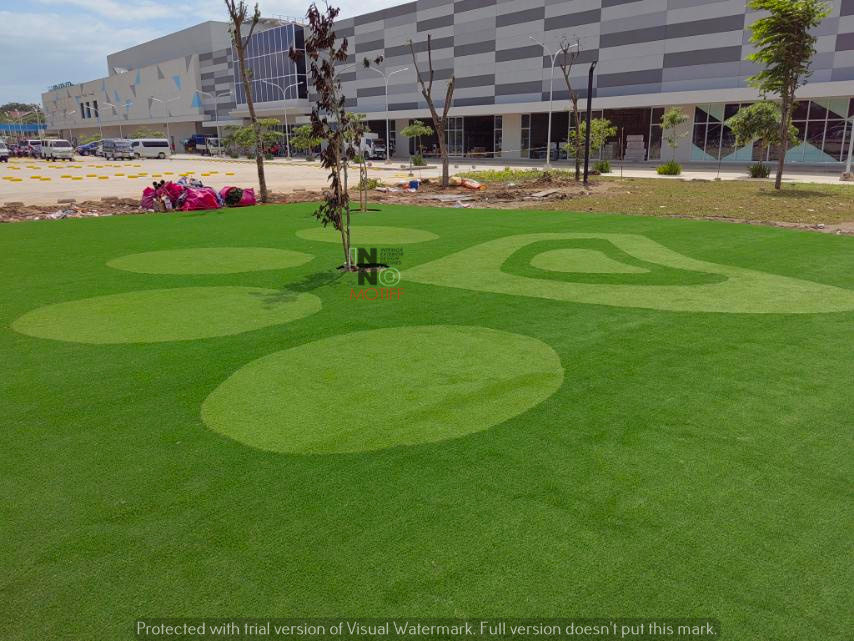Maintaining healthy plants is essential for any gardener or farmer, but plant diseases can pose significant challenges. In this blog post, we’ll explore the world of disease management in plants, focusing on identifying common issues and effective treatment methods. By understanding plant diseases and how to manage them, you’ll be better equipped to nurture thriving gardens and crops.
Understanding Plant Diseases
Plant diseases are caused by various pathogens, including fungi, bacteria, viruses, and nematodes. These pathogens can infect plants, causing a range of symptoms such as wilting, discoloration, and stunted growth. Left untreated, diseases can devastate crops and garden plants, leading to reduced yields and economic losses.
Identifying Common Plant Diseases
Recognizing the symptoms of common plant diseases is crucial for early detection and effective management. Some prevalent plant diseases include powdery mildew, which appears as white powdery spots on leaves, and leaf spot, characterized by dark lesions on foliage. Additionally, root rot can cause root discoloration and decay, leading to plant wilting and death.
Causes and Contributing Factors
Several factors contribute to the development of plant diseases, including environmental conditions, poor soil health, and improper plant care practices. Overcrowding, excessive moisture, and nutrient deficiencies can create favorable conditions for pathogens to thrive. Proper plant hygiene, including removing diseased plant debris and practicing crop rotation, is essential for disease prevention.
Treating and Managing Plant Diseases
Effective disease management involves a combination of cultural, biological, and chemical methods. Cultural practices, such as pruning infected plant parts and improving soil drainage, can help reduce disease severity. Biological control agents, such as beneficial microbes and predatory insects, can also be used to suppress pathogen populations. In some cases, chemical treatments such as fungicides may be necessary to control severe outbreaks.
Prevention and Maintenance Strategies
Preventing plant diseases is key to maintaining healthy plants and minimizing the need for intervention. Implementing preventive measures such as crop rotation, proper irrigation practices, and soil amendments can help reduce disease risks. Integrated pest management (IPM) strategies, which combine multiple approaches to pest and disease control, are essential for sustainable agriculture and gardening.
Takeaway
Disease management is a critical aspect of plant care that requires vigilance and proactive measures. By understanding common plant diseases, identifying symptoms early, and implementing effective treatment and prevention strategies, you can maintain healthy plants and ensure successful gardening or farming endeavors. Remember to prioritize plant hygiene, environmental stewardship, and integrated pest management for long-term disease control and sustainable agriculture.
Discover why BSG Landscape & Construction Pte Ltd is the top choice for landscape maintenance. Experience our commitment to perfection.










